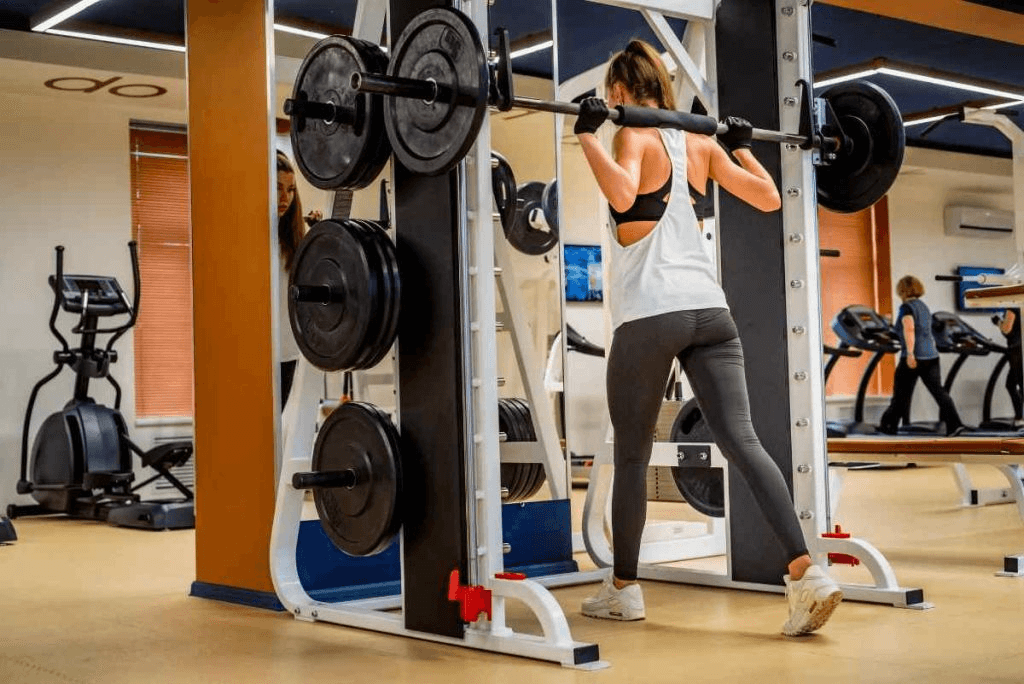If you're looking to build strength, boost your metabolism, and improve your overall health—without stepping into a gym—weight training at home is one of the most effective ways to do it. With just a set of dumbbells or other free weights, you can create a powerful, sustainable fitness routine that fits seamlessly into your life. Whether you're a beginner or getting back into strength work, this guide will show you how to make home weight workouts both accessible and rewarding.
Why Train with Weights at Home?
Working out at home with weights offers unmatched flexibility. No commute, no crowds, and no waiting for machines. You can train on your schedule, at your pace, and tailor each session to your specific goals—whether that’s building muscle, burning fat, or simply staying active.
More importantly, weight exercises done at home can match the intensity of gym workouts when structured correctly. With the right approach, you can challenge your muscles, progress over time, and feel the same sense of accomplishment—if not more.
What You Need to Get Started
You don’t need a full gym setup. Here’s what works for most:
-
A pair of adjustable dumbbells or fixed-weight sets
-
A workout mat for floor exercises
-
A sturdy bench or step (optional, but helpful for variety)
-
Resistance bands for additional load without bulk
If you're just starting, even household items like water jugs or backpacks filled with books can serve as makeshift weights.
Foundational Home Weight Exercises
Here are core movements you can include in almost any home workout with weights:
Upper Body
-
Dumbbell Shoulder Press
Great for building delts and triceps. Do it seated or standing. -
Bent-Over Rows
Targets the upper and mid-back—perfect for posture and strength. -
Chest Press (on floor or bench)
Works the chest, shoulders, and arms.
Lower Body
-
Goblet Squats
Hold a dumbbell close to your chest—great for legs and core. -
Romanian Deadlifts
A simple way to work the hamstrings and glutes with minimal space. -
Weighted Lunges
Improve balance, coordination, and unilateral strength.
Core
-
Weighted Russian Twists
For obliques and core stability. -
Dumbbell Sit-ups or Crunches
Add light resistance to traditional moves for more intensity.
Sample Full-Body Home Workout with Weights
Try this 30-minute routine, 3x per week:
| Exercise | Reps | Sets |
|---|---|---|
| Goblet Squat | 12 | 3 |
| Dumbbell Shoulder Press | 10 | 3 |
| Romanian Deadlifts | 12 | 3 |
| Bent-Over Rows | 10 | 3 |
| Russian Twists (each side) | 15 | 3 |
| Weighted Sit-ups | 15 | 3 |
Rest for 30–60 seconds between sets. Focus on control, not just speed. As you grow stronger, increase the weight or add an extra set.
Progression: How to Keep Improving
One of the biggest misconceptions about home workouts is that they eventually stop being effective. That’s only true if you stop progressing.
Here’s how to keep challenging your body:
-
Increase weight as you grow stronger
-
Add reps or sets week by week
-
Reduce rest time to increase intensity
-
Try new variations to hit muscles differently
Tracking your sessions helps you stay accountable and measure growth.
Personal Insight: How I Made My Home Workouts Work
During a busy stretch of life—between career demands and family—I couldn’t get to the gym. I felt stuck and frustrated. But once I started training with weights at home, using just two adjustable dumbbells and a small workout space in my garage, everything changed. I created short, focused routines I could do before breakfast or after the kids went to bed. Within a few months, I felt stronger, moved better, and stayed consistent for the first time in years. That consistency mattered more than anything.
Tips for Staying Consistent
-
Schedule your workouts like meetings—put them on your calendar.
-
Create a dedicated space, no matter how small.
-
Start with shorter workouts (15–20 mins) if time is tight.
-
Keep it fun—play music, mix up your routines, or train with a friend remotely.
Final Thoughts
Training with weights at home doesn’t require fancy equipment or a massive space—it just takes commitment, smart programming, and a little creativity. Whether you're using free weights, dumbbells, or resistance bands, consistency and progression are what drive results.










































Leave a comment
This site is protected by hCaptcha and the hCaptcha Privacy Policy and Terms of Service apply.